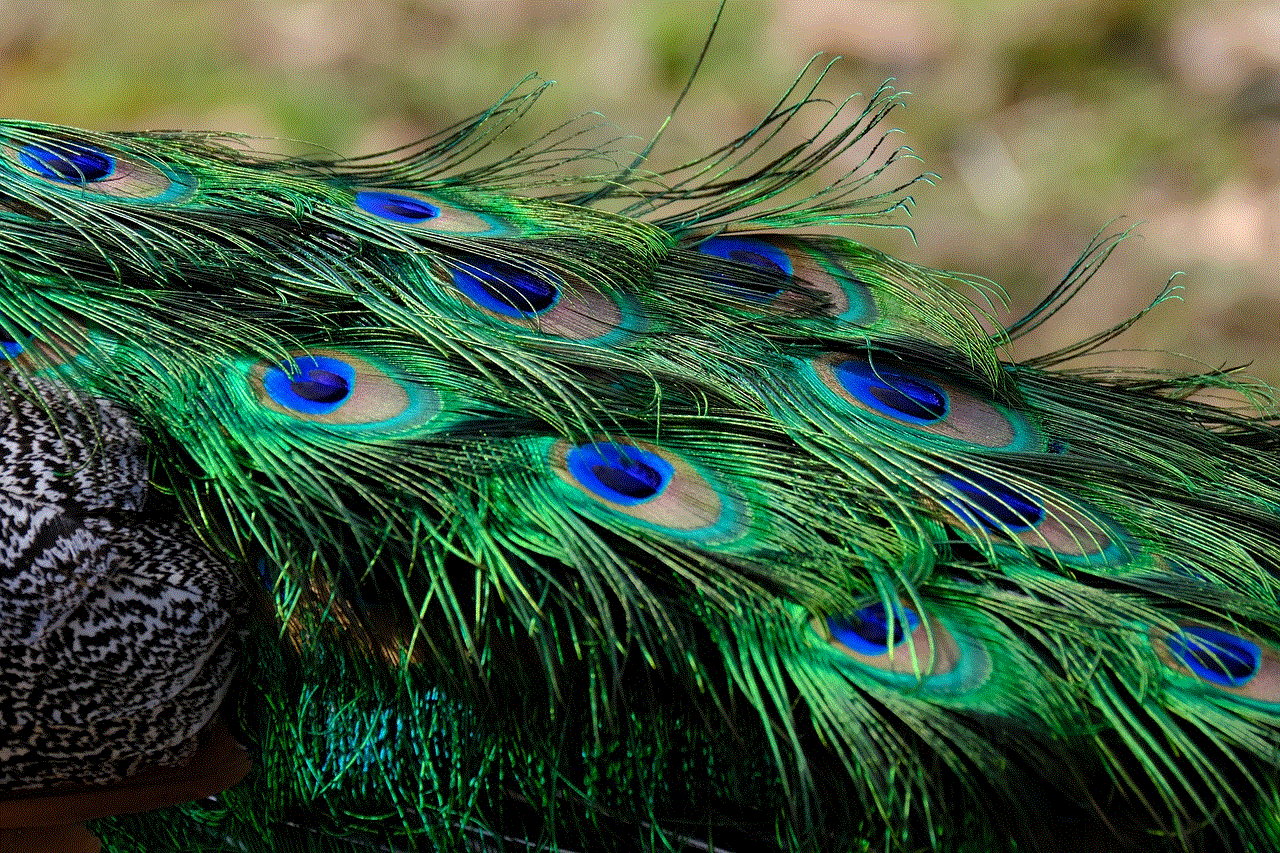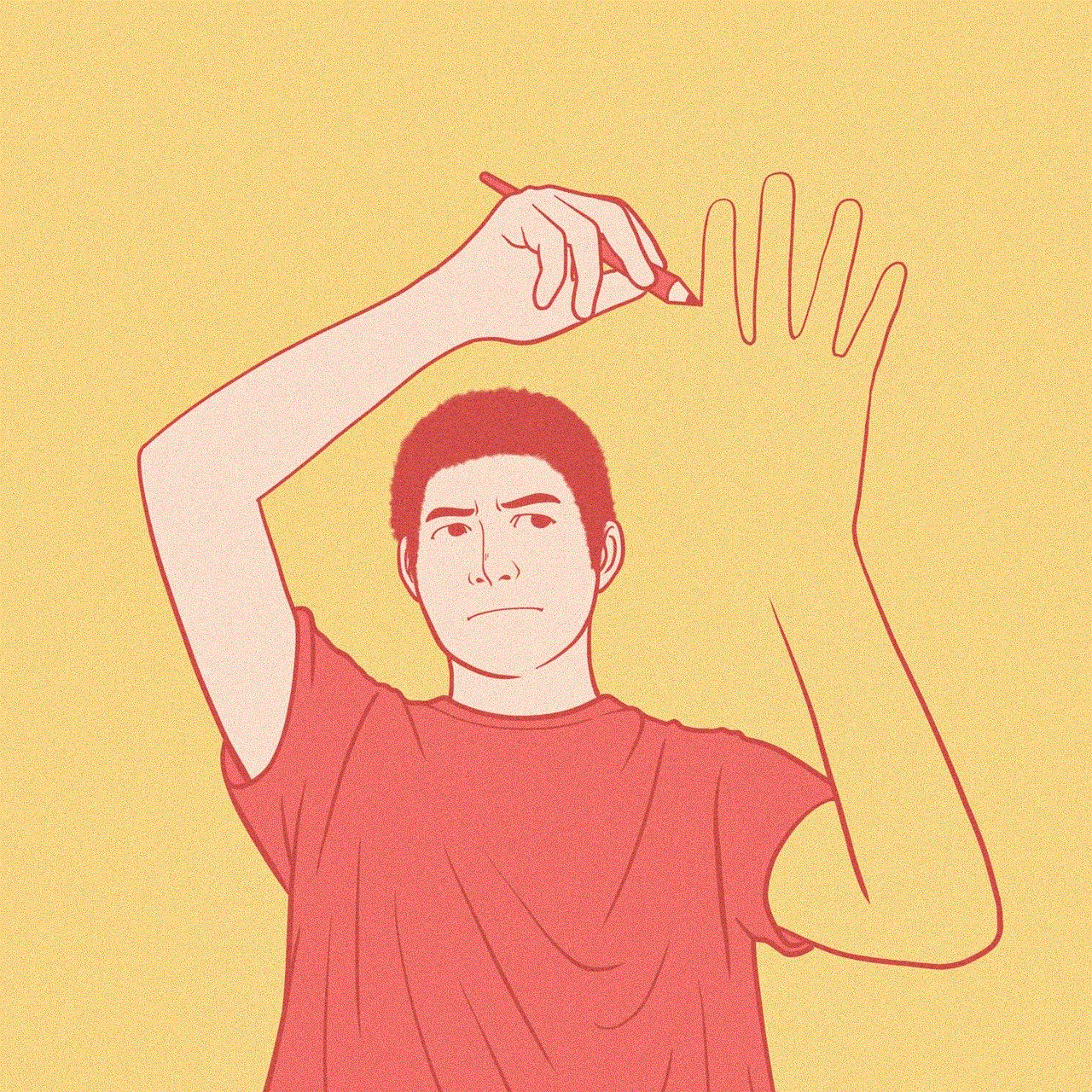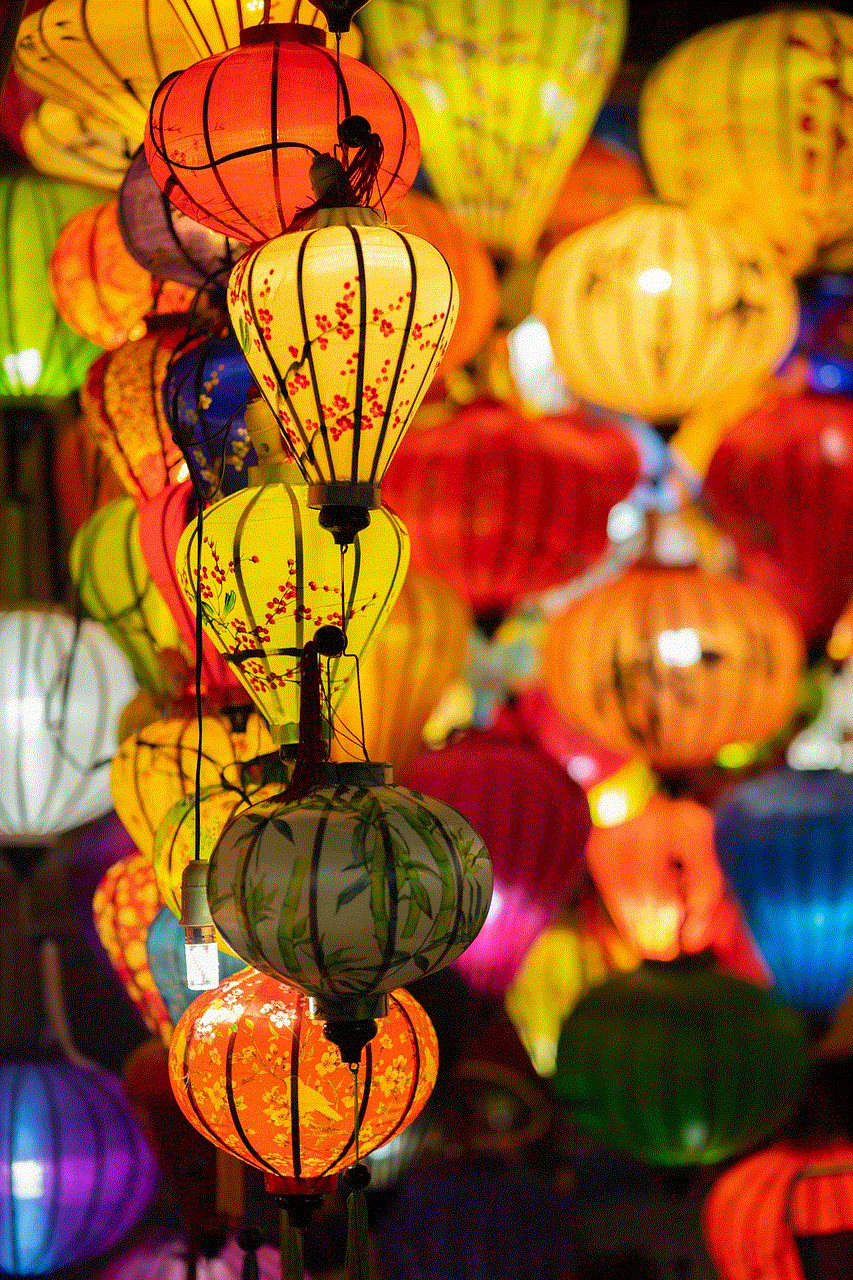call history google hangouts
In today’s fast-paced world, communication has become easier and more convenient than ever before. With the rise of technology, people can now connect with each other no matter where they are in the world. One of the most popular communication tools is Google Hangouts. This platform not only allows users to send messages and make calls, but it also keeps a record of all the conversations that have taken place. In this article, we will delve deeper into the call history feature of Google Hangouts and explore its uses, benefits, and potential drawbacks.
What is Google Hangouts?
For those who are not familiar with Google Hangouts, it is a communication platform developed by Google. It was launched in 2013 as a successor to Google Talk, and it combines the features of instant messaging, video chat, and voice call services. It can be accessed through various devices, including smartphones, tablets, and computers, making it a flexible and convenient option for users.
What is Call History in Google Hangouts?
Call history in Google Hangouts is a feature that allows users to keep track of all the calls they have made or received through the platform. It records the date, time, and duration of the call, as well as the contact’s name, phone number, or email address. This feature is useful for those who want to keep a record of their conversations for future reference.
Uses of Call History in Google Hangouts
1. Keeping track of important conversations
Call history in Google Hangouts can be used as a record of important conversations. Whether it’s a business call, a job interview, or a personal conversation, this feature allows users to revisit the details of the call at a later time.
2. Monitoring call frequency
For those who use Google Hangouts for work or business purposes, the call history feature can be helpful in monitoring the frequency of calls made to a particular contact. This information can be useful in determining the level of communication and engagement with a particular client or colleague.
3. Redialing missed calls
In case a call is missed, the call history feature makes it easy to redial the missed number. This saves users the trouble of having to search for the contact’s number or email address, making the process more efficient.
4. Reference for billing and expenses
For individuals who use Google Hangouts for work, the call history feature can be used as a reference for billing and expenses. It provides a detailed record of the calls made, making it easy to keep track of expenses related to communication.
5. Troubleshooting technical issues
In case of technical issues during a call, the call history feature can be used as a reference to identify the problem. This could include issues such as call drops, poor connection, or audio problems. By looking at the call history, users can determine if the problem is with their device or network.
Benefits of Call History in Google Hangouts
1. Convenient and organized
The call history feature in Google Hangouts makes it convenient and organized for users to keep track of their calls. It eliminates the need for manual record-keeping and provides a comprehensive overview of all the calls made or received.
2. Accessible from multiple devices
Since Google Hangouts can be accessed from various devices, the call history feature can also be accessed from any of these devices. This makes it easy for users to view their call history, no matter which device they are using.
3. User-friendly interface
Google Hangouts has a user-friendly interface, and the call history feature is no exception. It is easy to navigate and provides all the necessary information in a clear and organized manner.
4. Useful for business and personal use
The call history feature is beneficial for both business and personal use. It allows professionals to keep track of their work-related calls, while also providing individuals with a record of their personal conversations.
Potential Drawbacks of Call History in Google Hangouts
1. Privacy concerns
Some users may have privacy concerns about the call history feature in Google Hangouts. Since it records the details of all the calls made or received, it may be considered an invasion of privacy by some individuals.
2. Storage space
The call history feature in Google Hangouts requires storage space to save the call records. Depending on the frequency of calls and the duration of each call, this can take up a significant amount of space on the device.
3. Limited customization options
Currently, the call history feature in Google Hangouts does not offer many customization options. Users cannot choose which calls to save or delete, and they cannot categorize or filter the calls in any way.
Conclusion
In conclusion, the call history feature in Google Hangouts is a useful tool for keeping track of call records. It offers a convenient and organized way of storing information and can be beneficial for both personal and business use. However, it is essential to consider the potential drawbacks, such as privacy concerns and storage space, before using this feature. Nevertheless, with its user-friendly interface and accessibility from multiple devices, the call history feature in Google Hangouts is a valuable addition to this communication platform.
blink camera light meaning
The camera light on a device is typically used to indicate when the camera is in use, whether it be for taking photos or recording videos. However, there are times when the camera light may start to blink, and this can leave users wondering what it means. In this article, we will delve into the different reasons why a camera light may blink and what it could signify.
1. Low Battery
One of the most common reasons for a blinking camera light is low battery. When a device’s battery is running low, it may not have enough power to fully turn on the camera light, causing it to blink. This is a helpful indicator for users to know that they need to charge their device before using the camera again.



2. Camera Error
Another reason for a blinking camera light could be an error with the camera itself. This could be due to a software issue or a hardware malfunction. In this case, the blinking light is a warning that something is wrong with the camera and it needs to be addressed. Users can try restarting their device or updating the camera software to see if it resolves the issue.
3. Memory Card Issues
If your device has a memory card, a blinking camera light could be an indication that there is a problem with the card. This could be due to a corrupted file or a full memory card. In this case, the blinking light serves as a warning that the memory card needs to be checked or replaced. Users can try removing the memory card and inserting it back in to see if the blinking light stops.
4. Focus Lock
Some cameras have a feature called “focus lock” which allows users to lock the focus on a specific subject or area. When this feature is activated, the camera light may start to blink to indicate that the focus is locked. This can be helpful for users who want to ensure a specific subject remains in focus while taking photos or recording videos.
5. Self-Timer
Similarly, some devices have a self-timer feature which allows users to set a timer for when the photo or video will be taken. When this feature is activated, the camera light may blink to indicate that the self-timer is counting down. This is useful for users who want to be included in the photo or video and need time to position themselves.
6. Flash Charging
For devices with a flash, the camera light may blink when the flash is charging. This is a helpful indicator for users who are taking photos in low light and need the flash to be fully charged before using it. Once the flash is charged, the camera light will stop blinking, and users can take their photos.
7. Wi-Fi Connection
In some devices, the camera light may blink when the device is connected to a Wi-Fi network. This is a helpful indication for users who want to transfer their photos or videos wirelessly to another device. The blinking light will stop once the transfer is complete, or if the Wi-Fi connection is lost.
8. Incoming Call or Notification
In certain devices, the camera light may blink when there is an incoming call or notification. This is a useful feature for users who have their device on silent or vibrate mode and may not notice an incoming call or notification otherwise. The blinking light serves as an alert and can be customized to blink in different colors for different types of notifications.
9. Security Warning
For security cameras, a blinking light can serve as a warning that the camera is recording. This is helpful for users who want to know when the camera is in use to ensure their property is being monitored. The blinking light can also serve as a deterrent for potential intruders who may see the light and think twice before attempting to break in.



10. Device Overheating
Lastly, a blinking camera light could be an indication that the device is overheating. This is especially common in devices with high-quality cameras that use a lot of power. When the device starts to overheat, the camera light may blink to warn users to stop using the camera and let the device cool down. This can prevent damage to the device and ensure that the camera can be used again in the future.
In conclusion, a blinking camera light can mean different things depending on the device and the situation. It can serve as a warning, an alert, or an indication of a feature being activated. Users should pay attention to the pattern of the blinking light and refer to their device’s manual for a more specific explanation. If the blinking light persists or is accompanied by other issues, it is best to seek professional help to resolve the problem.
ghost emoji meaning snapchat
The ghost emoji has become a popular symbol on Snapchat , used by millions of users every day. But what does it actually mean? Is it just a cute little character or does it have a deeper significance? In this article, we will explore the ghost emoji and its meaning on Snapchat .
Firstly, let’s take a look at the history of the ghost emoji. It was first introduced in 2011 by the Japanese mobile operator DoCoMo as part of their emoji set. The ghost emoji, also known as the “ghost face”, was initially created to represent the concept of death. However, with the rise of social media and the increasing use of emojis, it has taken on a new meaning.
On Snapchat, the ghost emoji is used to represent a user who is currently inactive. This means that they have not opened the app for a certain period of time. When someone’s Snapchat ghost is showing, it could mean that they are busy, sleeping, or simply not using the app at the moment. This feature was introduced by Snapchat to let users know when their friends were not available to chat.
Another possible interpretation of the ghost emoji on Snapchat is that it represents a “ghost follower”. This refers to a user who is following another user on the app, but the person they are following is not following them back. This is a common occurrence on social media platforms and the ghost emoji has become a way for users to express this.
Additionally, the ghost emoji has been used to represent the idea of disappearing, in line with Snapchat’s feature of “disappearing” messages. This is when a user sends a snap or a message, and it disappears after it has been viewed. The ghost emoji is often used in conjunction with this feature to indicate that something has vanished or disappeared.
The ghost emoji has also become a symbol of anonymity and secrecy. Ghosts are often associated with the unknown and the mysterious, so it is no surprise that this emoji has taken on this meaning. Users may use the ghost emoji to indicate that they are keeping something hidden or private, or that they don’t want to reveal their true identity.
Furthermore, the ghost emoji has become a popular way to express playfulness and humor on Snapchat. It is often used in a lighthearted manner, such as when someone is playing a prank or joking around with their friends. The ghost emoji has a friendly and whimsical appearance, making it perfect for these types of situations.
Aside from its use on Snapchat, the ghost emoji has also gained popularity in other areas of pop culture. It has been featured in numerous memes, used as a Halloween costume, and even tattooed on people’s bodies. This just goes to show how influential and widespread the use of emojis has become in our society.
Another interesting aspect of the ghost emoji on Snapchat is its different variations. While the original ghost emoji is white, there are now different skin tone options available, allowing users to choose a ghost that represents their own ethnicity. This has been a positive step towards inclusivity and diversity on the app.
One of the most significant events involving the ghost emoji on Snapchat was in 2016, when the app introduced the “Snapchat Ghost Stories” feature. This allowed users to create their own stories using the ghost emoji as the main character. The stories were a combination of videos, photos, and drawings, and they were shared on a public feed for all users to see. This feature was a huge hit and it further cemented the ghost emoji’s place in Snapchat culture.
In recent years, the ghost emoji has also been used to promote and market brands and products on Snapchat. Companies have created their own customized ghost emojis to represent their brand, and have used them in their marketing campaigns. This has been a successful strategy to engage with younger audiences who are active on Snapchat.



In conclusion, the ghost emoji has come a long way from its original meaning of death. It has evolved to represent a variety of concepts such as inactivity, disappearing, anonymity, humor, and even brand identity. Its popularity on Snapchat has made it one of the most recognized and used emojis in the world. So the next time you see the ghost emoji on Snapchat, remember that it’s not just a cute little character, but it holds a multitude of meanings and significance.